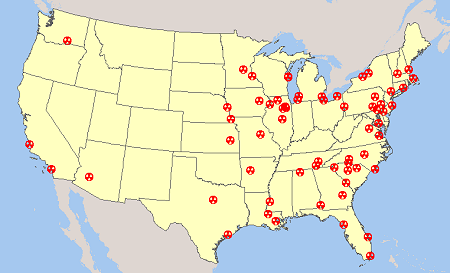Varmint
NES Member
In layman's terms, how big of a problem in the grand scheme of things is a plant meltdown?
I know it's bad, but say Pilgrim went tits up. How much of an area would screwed?
I think it's a minor concern compared to the general mayhem that will accompany a grid-down-for-a-month scenario.
- - - Updated - - -
If all of the spent fuel in the ponds at Pilgrim burned it would be a catastrophe. All of Cape Cod and southeastern Massachusetts would be basically uninhabitable.
While we're amusing ourselves with this, for planning purposes you need to be at least 100 miles downwind of any nuke, 200 miles would be better.
They would dump them in the ocean rather than let them burn.


